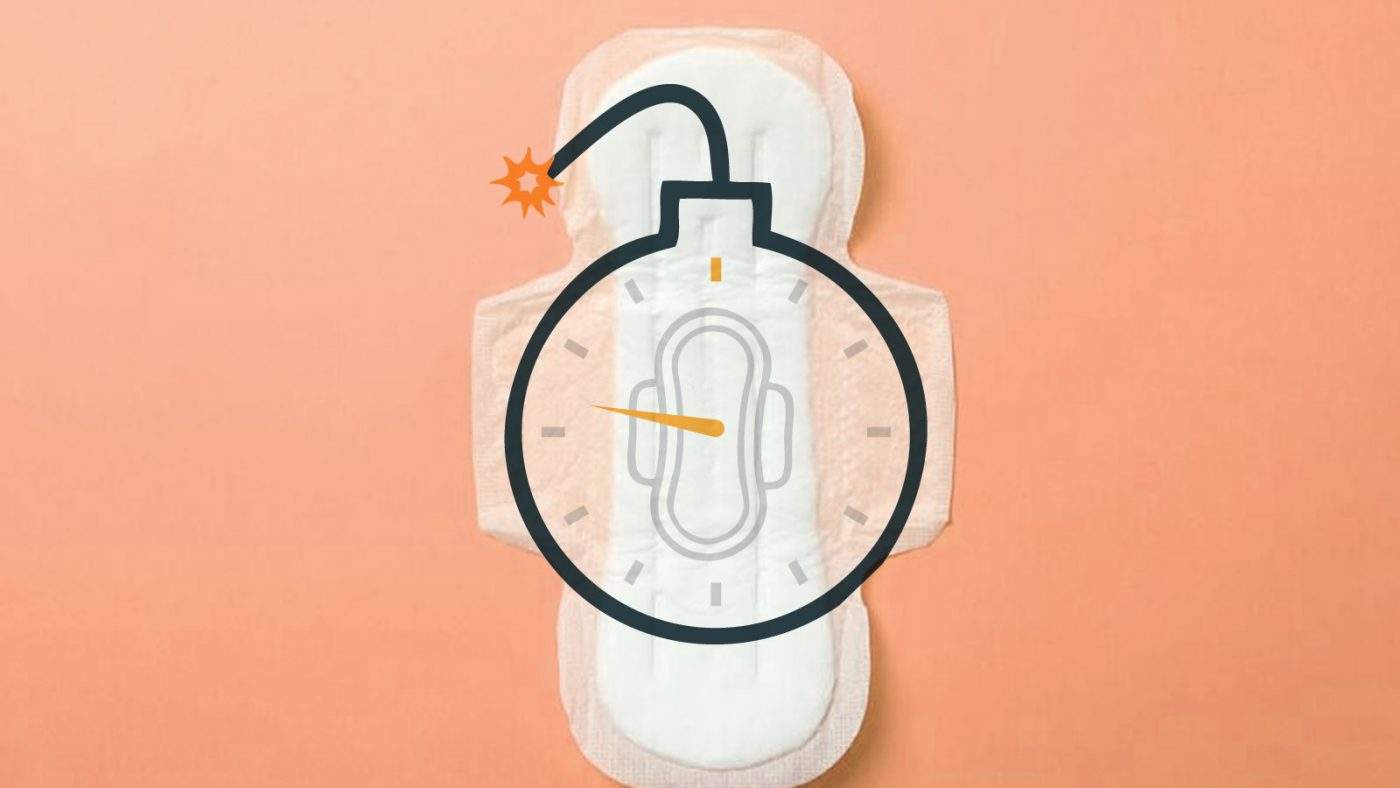According to a study conducted by the University of Nairobi, the volume of putrescible waste (biodegradable matter in the solid waste discarded) has reduced from a high of 72%-80% in 1980 to 56% presently.
The more society advances, the more we adopt a “use and discard” consumerism culture that is reflective of our solid waste composition as the above study shows. What we use and ingest has rapidly transformed with more processed (wrapped) foods, and less reusable gadgets and goods that are easier to discard than repair.
Change and stagnate
As at 2022, e-waste (discarded electronics), plastics and clothing items constitute almost half our solid waste. Though collection systems for solid waste have improved dramatically over the years we still hang on to age-old practices like collecting and dumping refuse in dumpsites.
After adopting a new constitution in 2010, Kenya adopted a devolved system of government creating 47 semi-autonomous governance units undertaking several functions of the national government, among them sanitation and environmental management.
Over 95% of county governments in Kenya adopted collection to landfill systems for their urban waste management.
The Sanitary Time Bomb
In 2016, then President Uhuru Kenyatta enacted the Access to Education Act which, among several other things, decreed the National Government will supply free sanitary towels to school going girls in primary and secondary schools. This decision was made when data revealed one out of every five girls skip school when experiencing their menses due to lack of sanitary towels.
The Act was thorough enough to cover the issue of Menstrual Hygiene Managment (that is, sustainable management of used sanitary towels).
And thus the “The Sanitary Time Bomb”. Every year, an estimated 9million school girls discard about 33,000 tonnes of sanitary towel waste. To put this in perspective, imagine 1,650 twenty tonne earth moving trucks lined up back to back for 25 kilometers and filled with nothing but used sanitary towels. Also imagine that this volume of waste grows by approximately 2.3% (the rate of population growth) or 570 dump trucks every year.
Professional sanitary towel disposal services like Rentokil-Initial handle an estimated 2% of discarded sanitary towels (an optimistic estimate at best). The remaining 98% ends up in open pits, burned, in latrines or in the landfill.
Is our groundwater safe?
98% of Kenyans use onsite containment (mostly underground) for their waste. 36% of Kenyan households (according to the 2019 census) source their water from the ground through springs, wells, boreholes, etc. This presents a delicate balance between waste water containment and a third of our fresh water reserves – delicate balance that can easily be tiped by sanitary towel waste.
A good example: discarding sanitary towels into a latrine will eventually compromise its natural integrity and the ground’s natural filtration of water severely compromising 36% of Kenya’s fresh water resources.
The way forward
The Sanitary Time Bomb joins a plethora of crises facing Africa emphasizing the need for sustainable Menstrual Hygiene Management (MHM). Reusable and biodegradable sanitary towels are both good innovations but lack significant impact – in a price sensitive continent like Africa, plastic rules!
What the continent needs are sustainable disposal systems that either decimate MHM waste or significantly reduce MHM waste in volume with minimum emissions.

